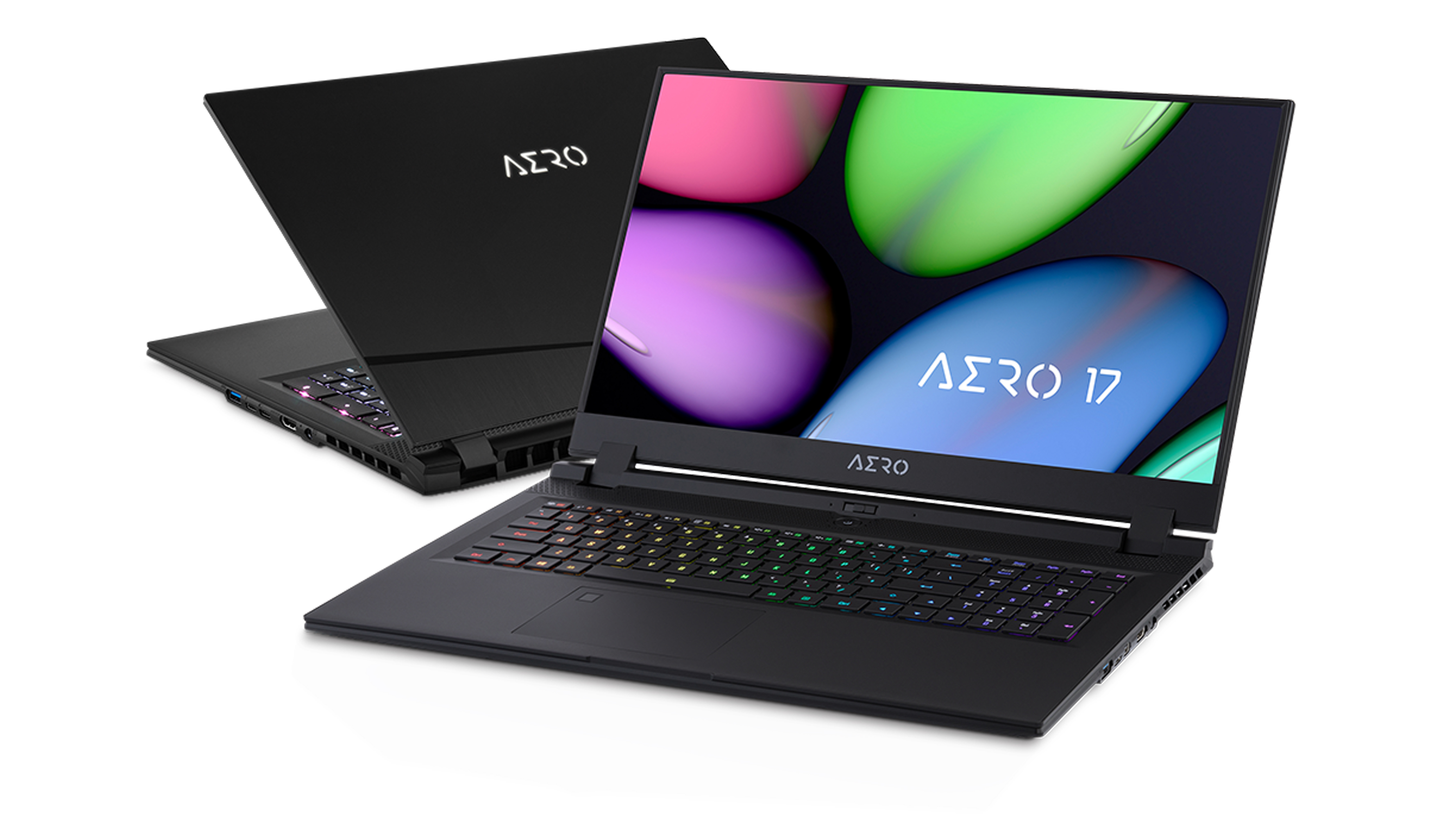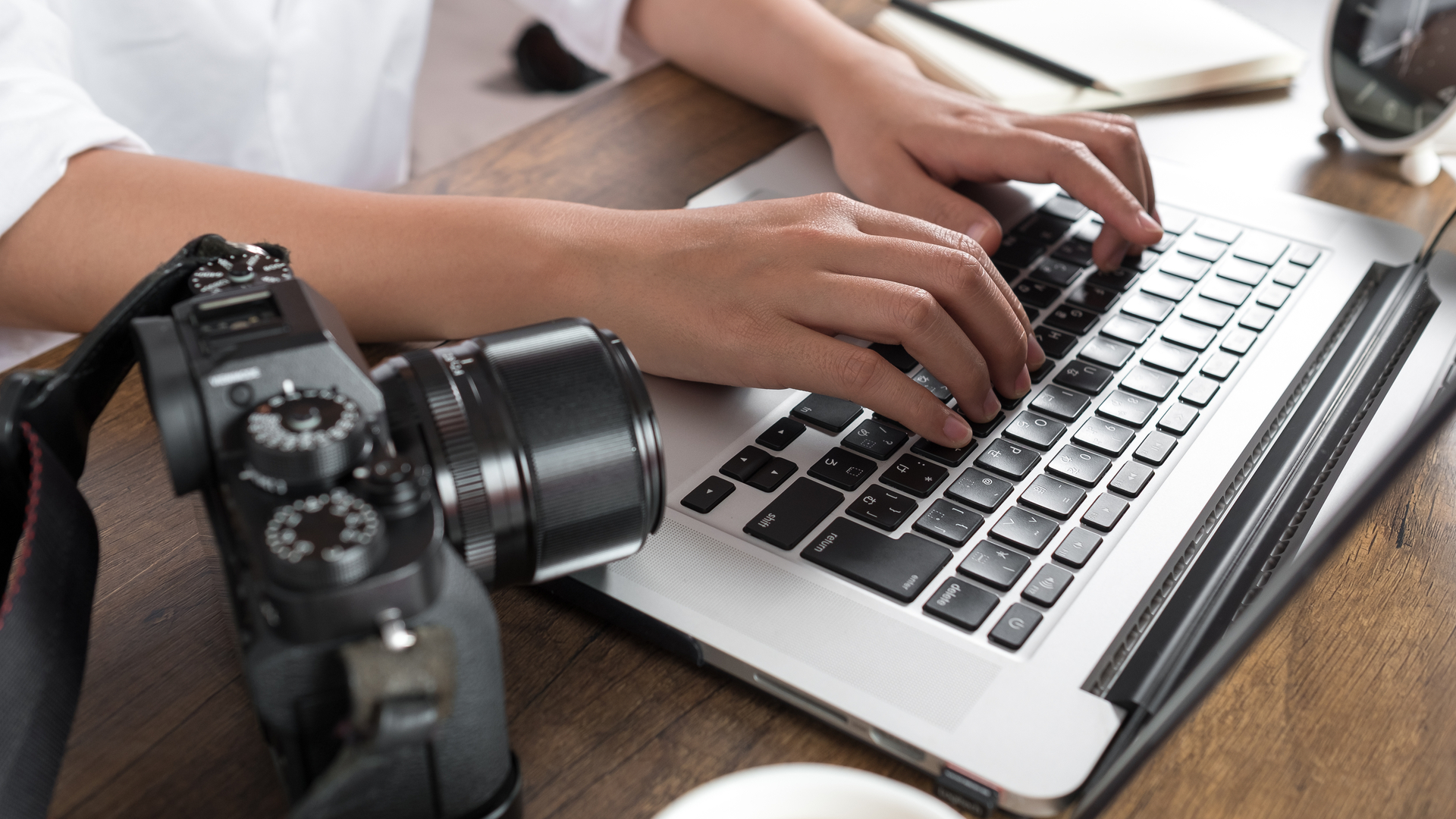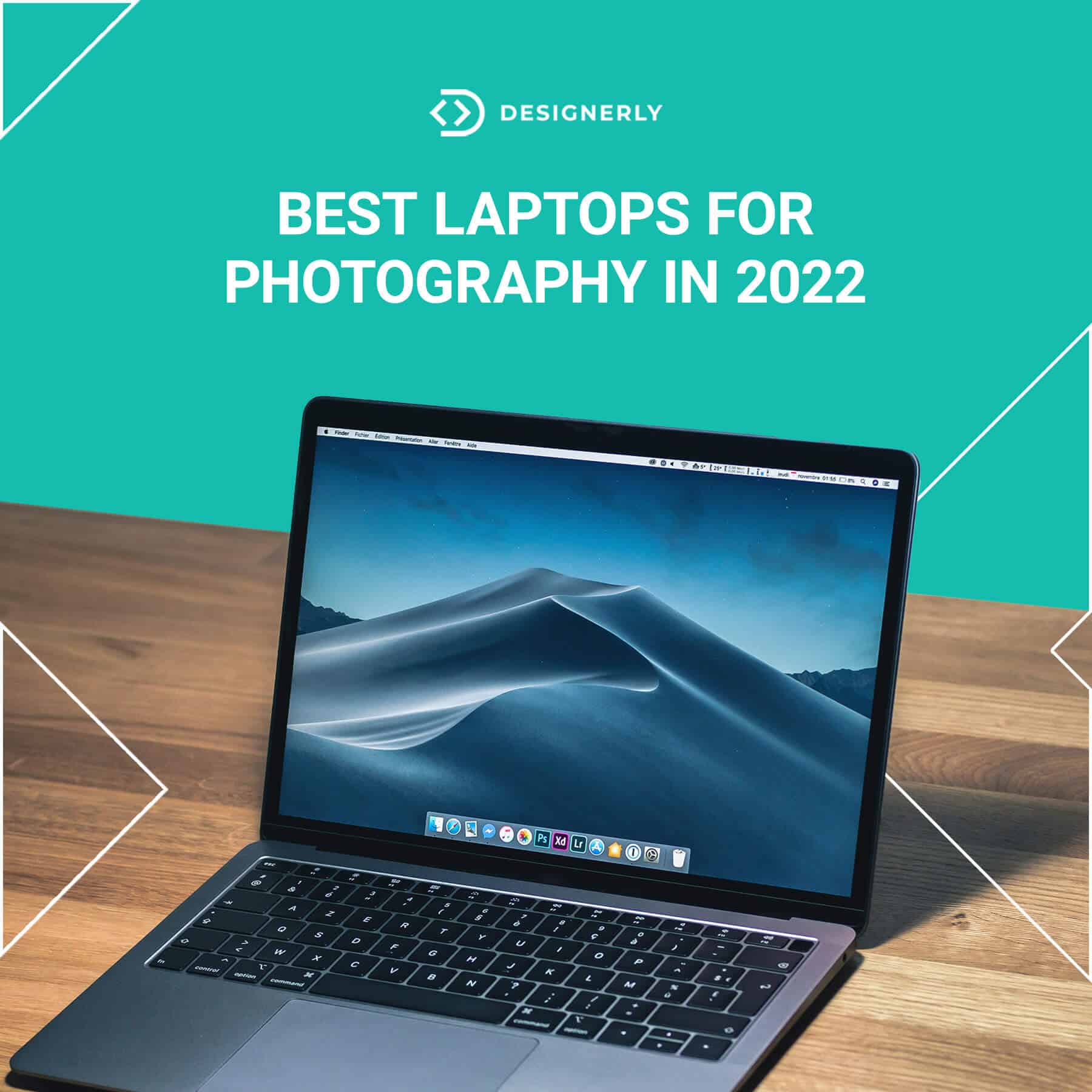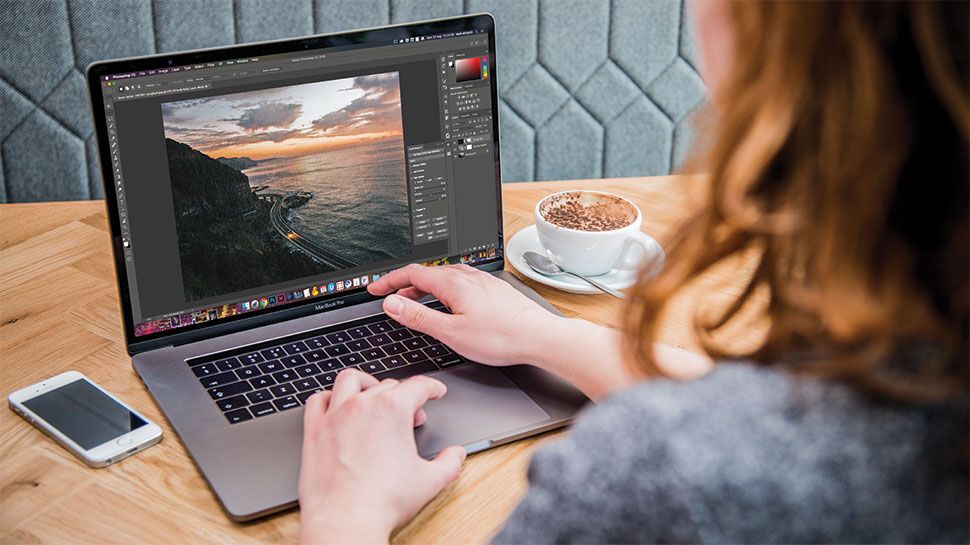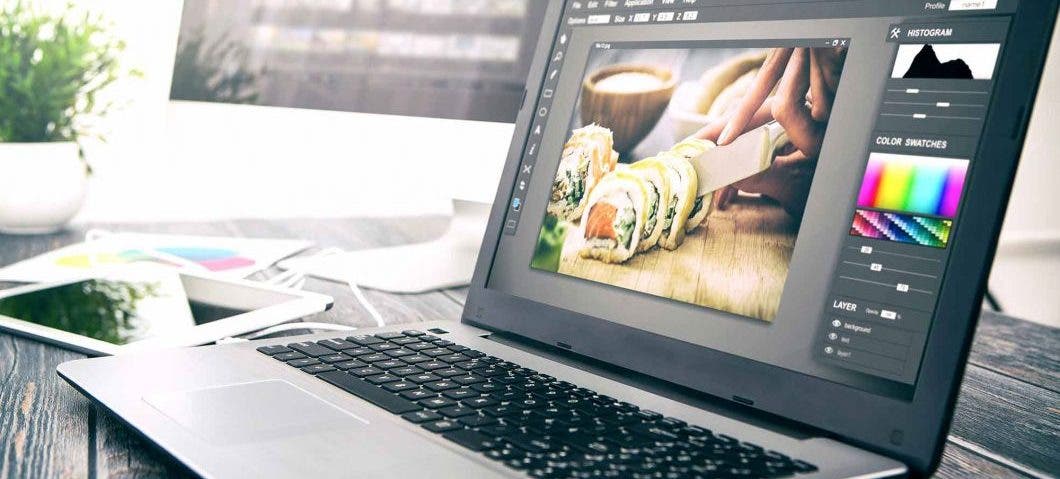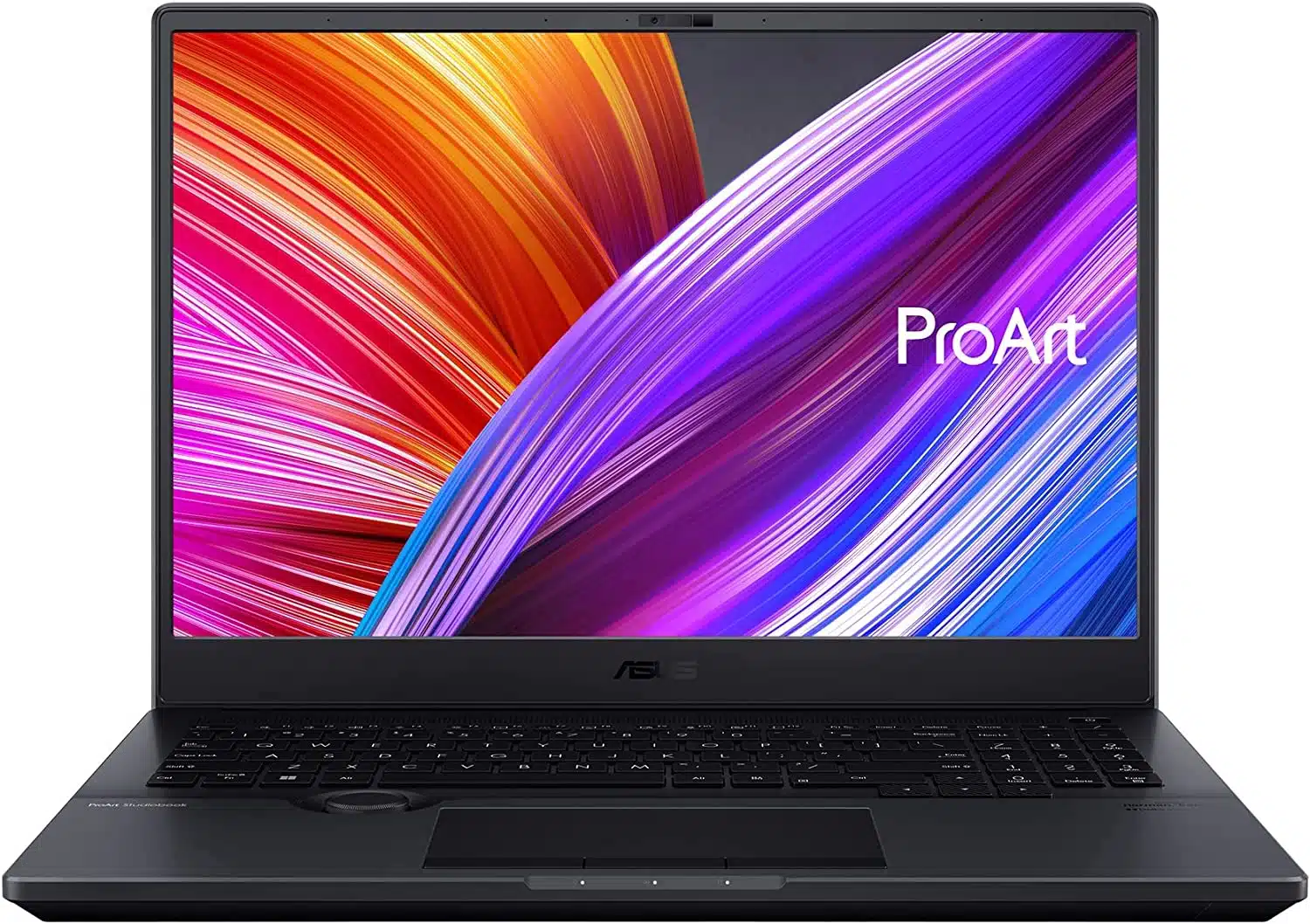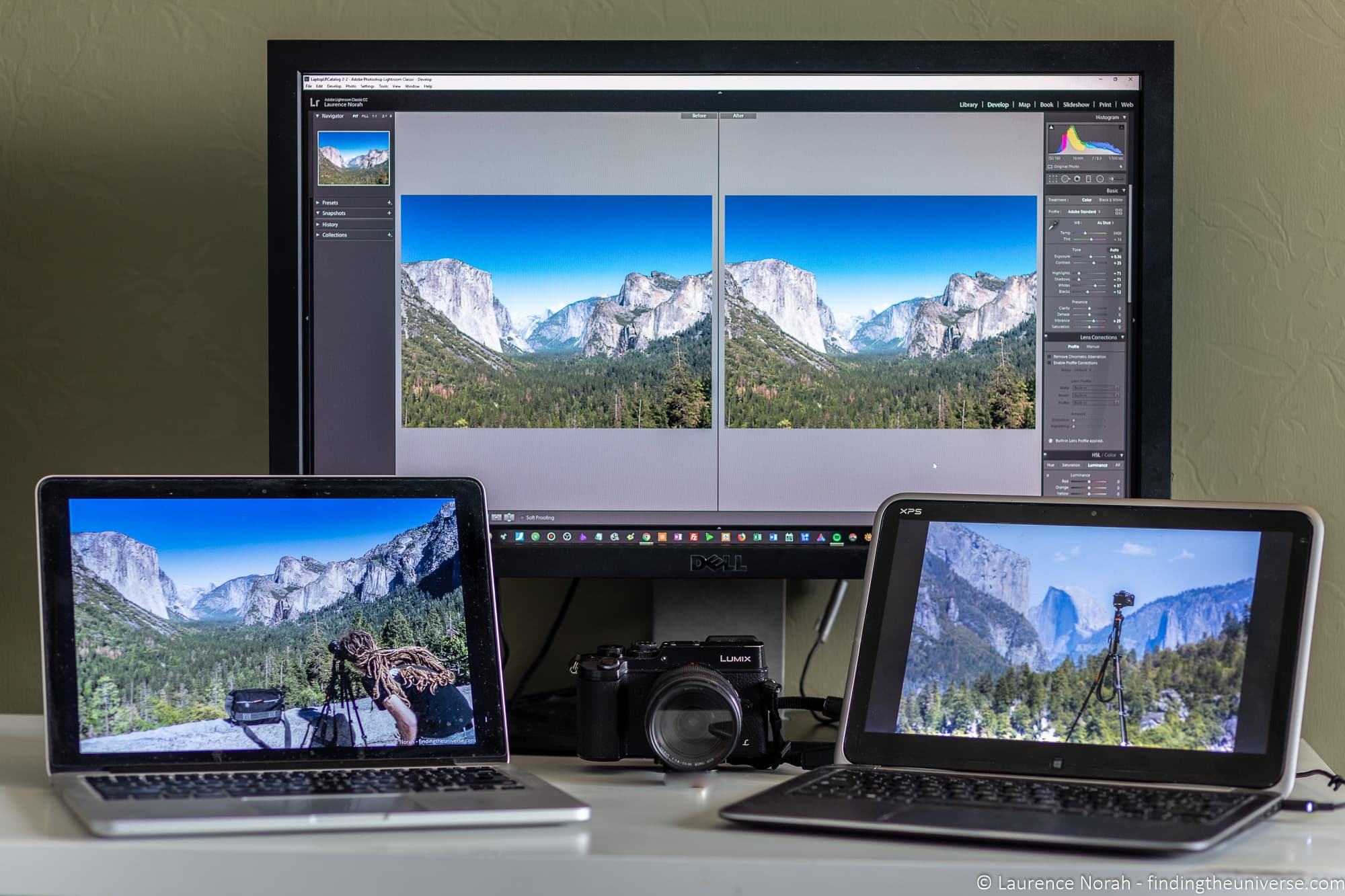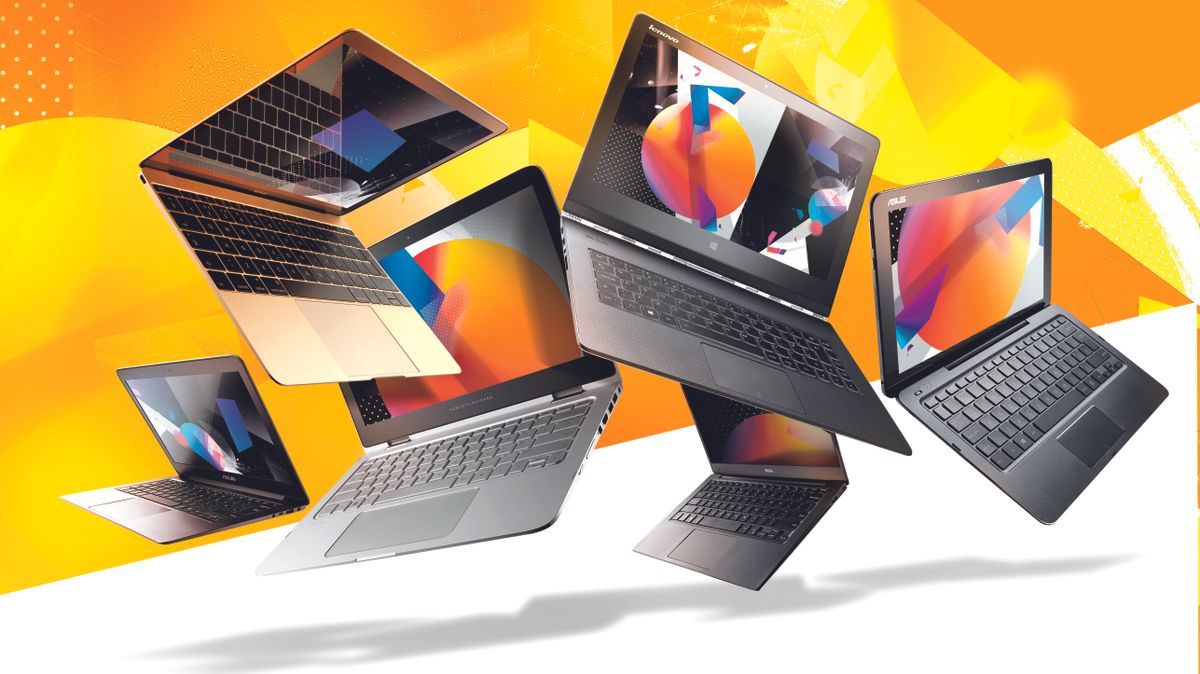Best Laptops For Photography
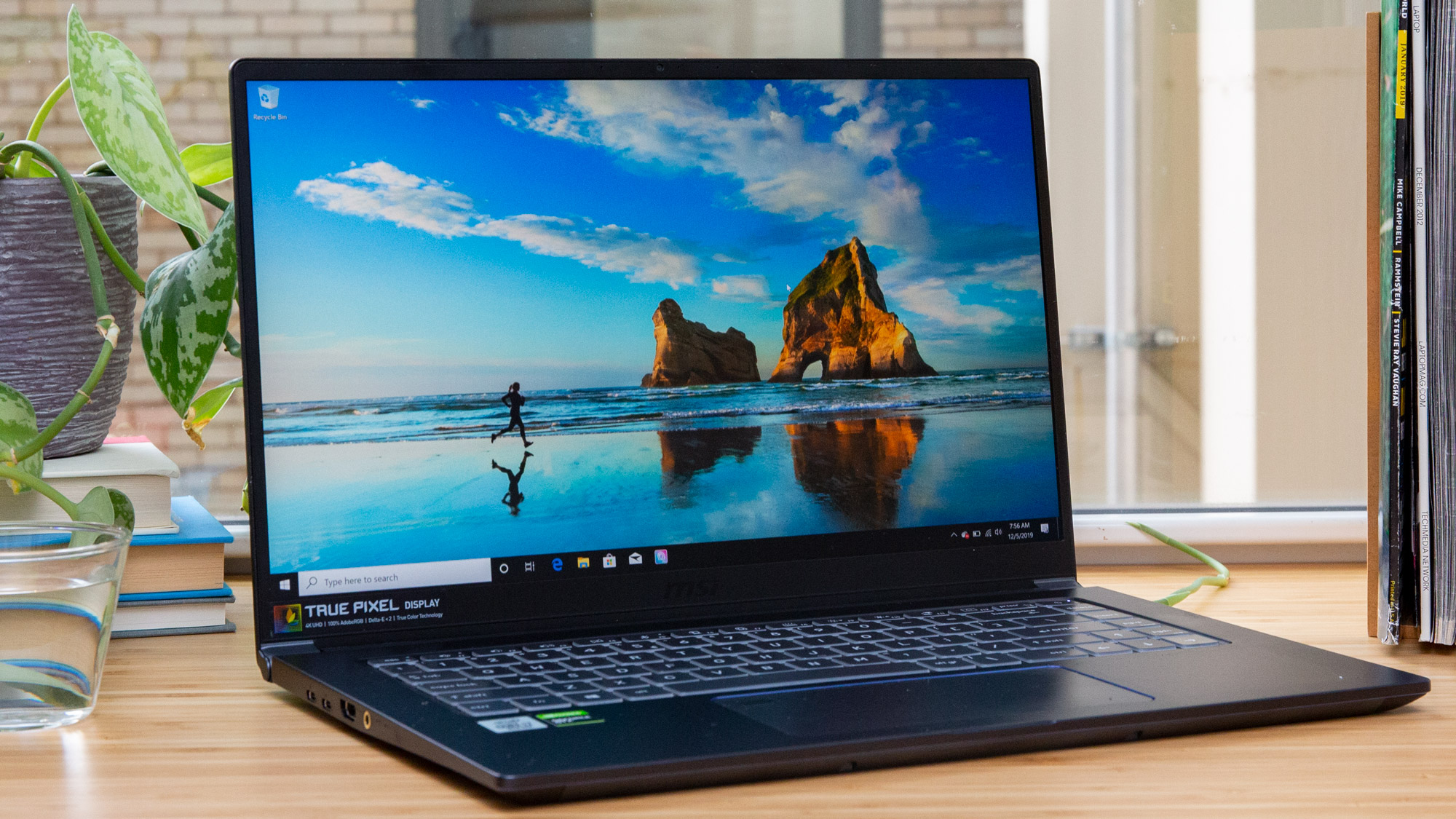
For photographers, a laptop isn't just a tool for emails and browsing; it's a mobile studio, a digital darkroom, and a crucial link to clients. The right laptop can drastically improve your workflow, ensuring your images are processed quickly and accurately displayed. But with so many options available, finding the best one without breaking the bank can be a daunting task.
This review focuses on providing value-conscious shoppers with an analytical guide to choosing the best laptops for photography. We'll explore key specifications, highlight top contenders across various budgets, and delve into practical considerations to help you make an informed decision.
Why Your Laptop Matters for Photography
Photography demands processing power. High-resolution images and complex editing software require a robust processor and ample RAM. A color-accurate display is also essential for ensuring your edits translate accurately across different devices and prints.
Portability is another major factor. Many photographers need a laptop that can travel easily for on-location shoots and client meetings.
Shortlist of Top Laptops for Photography
Here's a quick overview of some of the best laptops for photography, categorized by budget and primary use:
- Best Overall (Mid-Range): Apple MacBook Air (M2 Chip)
- Best Budget Option: Acer Aspire 5
- Best for Color Accuracy: Dell XPS 15
- Best for Power Users: Apple MacBook Pro (M3 Pro/Max)
- Best Windows Alternative: ASUS Zenbook Pro 14 OLED
Detailed Reviews
Apple MacBook Air (M2 Chip)
The MacBook Air with the M2 chip offers an excellent balance of performance, portability, and battery life. It's a fantastic choice for photographers who need a reliable and responsive machine for editing on the go. Its fanless design ensures silent operation, which is a bonus for working in quiet environments.
However, it's important to note that the base model only comes with 8GB of RAM. Consider upgrading to 16GB for smoother performance with demanding photo editing tasks.
Acer Aspire 5
The Acer Aspire 5 provides a solid entry point into photo editing without emptying your wallet. While it may not match the performance of higher-end laptops, it offers a decent processor and sufficient RAM for basic editing tasks. Its affordability makes it a great option for beginner photographers or those on a tight budget.
The display isn't the most color-accurate, so consider investing in an external monitor for critical color work. Build quality is also less premium compared to more expensive models.
Dell XPS 15
The Dell XPS 15 is known for its stunning display and powerful performance. Its color accuracy makes it ideal for photographers who prioritize accurate color representation. The XPS 15 also boasts a sleek design and a comfortable keyboard, making it a pleasure to use for extended editing sessions.
The price point is higher than the Acer Aspire 5, but the increased performance and superior display justify the investment for serious photographers. Battery life can be a concern during intensive tasks.
Apple MacBook Pro (M3 Pro/Max)
For professional photographers who demand the utmost performance, the MacBook Pro with M3 Pro or M3 Max is the top choice. These laptops offer blazing-fast processing speeds and exceptional graphics capabilities. They are ideal for handling large RAW files, complex edits, and video editing tasks.
The high price tag is a significant consideration. However, the investment pays off for those who need the best possible performance and long-term reliability. The M3 Pro/Max chips offer significant performance improvements over previous generations.
ASUS Zenbook Pro 14 OLED
The ASUS Zenbook Pro 14 OLED is a strong Windows alternative. It features a vibrant OLED display with excellent color accuracy and deep blacks. This laptop also provides solid performance and a stylish design, making it an attractive option for photographers who prefer the Windows ecosystem.
The battery life might not be as impressive as the MacBook Air. However, the overall package is compelling for those seeking a premium Windows laptop for photo editing.
Side-by-Side Specs Table
This table compares the key specifications and performance scores of the laptops mentioned above.
| Laptop | Processor | RAM | Display | Storage | Price (approx.) | Color Accuracy (Delta E) |
|---|---|---|---|---|---|---|
| Apple MacBook Air (M2) | Apple M2 | 8GB/16GB | 13.6" Liquid Retina | 256GB - 2TB SSD | $999+ | ~1.5 |
| Acer Aspire 5 | Intel Core i5/i7 or AMD Ryzen 5/7 | 8GB/16GB | 15.6" FHD | 256GB - 1TB SSD | $400+ | ~4.0 |
| Dell XPS 15 | Intel Core i7/i9 | 16GB/32GB/64GB | 15.6" OLED/LCD | 512GB - 2TB SSD | $1400+ | ~1.0 |
| Apple MacBook Pro (M3 Pro/Max) | Apple M3 Pro/Max | 16GB/32GB/64GB/128GB | 14.2"/16.2" Liquid Retina XDR | 512GB - 8TB SSD | $2499+ | ~1.0 |
| ASUS Zenbook Pro 14 OLED | Intel Core i7/i9 | 16GB/32GB | 14" OLED | 512GB - 1TB SSD | $1300+ | ~1.2 |
Note: Performance scores and color accuracy (Delta E) values are approximate and may vary depending on the specific configuration and testing conditions. Lower Delta E values indicate better color accuracy. Prices are also approximate and can fluctuate.
Practical Considerations
Beyond raw specs, consider these practical aspects:
- Port Selection: Ensure the laptop has enough ports for your peripherals (external hard drives, card readers, etc.). USB-C and Thunderbolt ports are increasingly important.
- Ergonomics: A comfortable keyboard and trackpad are essential for long editing sessions.
- Operating System: Choose the OS you're most comfortable with – Windows or macOS. Both have their strengths and weaknesses.
- Longevity: A well-built laptop with good cooling will last longer and maintain performance over time.
- Warranty and Support: Check the warranty terms and the availability of customer support in case you encounter any issues.
Summary
Choosing the best laptop for photography involves balancing performance, portability, display quality, and budget. The MacBook Air (M2) offers a great balance for most users. The Acer Aspire 5 is a budget-friendly option, while the Dell XPS 15 excels in color accuracy. For professionals needing maximum power, the MacBook Pro (M3 Pro/Max) is the ultimate choice. The ASUS Zenbook Pro 14 OLED presents a compelling Windows alternative.
Remember to carefully consider your specific needs and budget when making your decision. Prioritize the features that are most important to your workflow.
Call to Action
Ready to upgrade your photography workflow? Explore the laptops discussed in this article and find the perfect fit for your needs. Don't hesitate to read user reviews and compare prices before making your final decision. Invest wisely and unlock your creative potential!
Frequently Asked Questions (FAQ)
Q: How much RAM do I need for photo editing?
A: At least 8GB is recommended, but 16GB or more is ideal for working with large files and complex edits.
Q: Is a dedicated graphics card necessary for photo editing?
A: Not always, but it can improve performance, especially when using features that rely on GPU acceleration. Integrated graphics are sufficient for many tasks.
Q: What is a good Delta E value for color accuracy?
A: A Delta E value of 2 or less is considered excellent and suitable for professional color work.
Q: Should I choose an SSD or HDD for storage?
A: SSDs are much faster and more reliable than HDDs, so they are highly recommended for your primary storage drive. Use an external HDD for backups or archiving.
Q: Is macOS or Windows better for photo editing?
A: Both operating systems are capable of handling photo editing tasks. Choose the one you're most comfortable with and that supports your preferred software.

